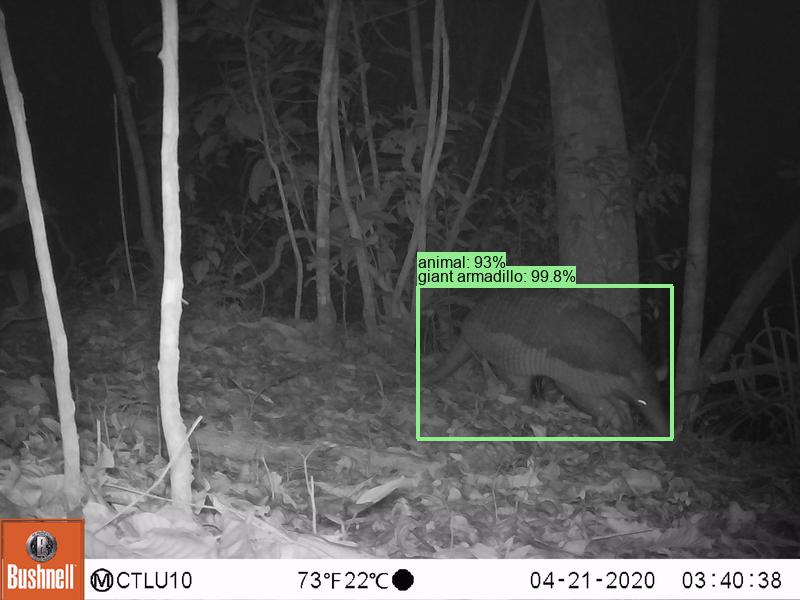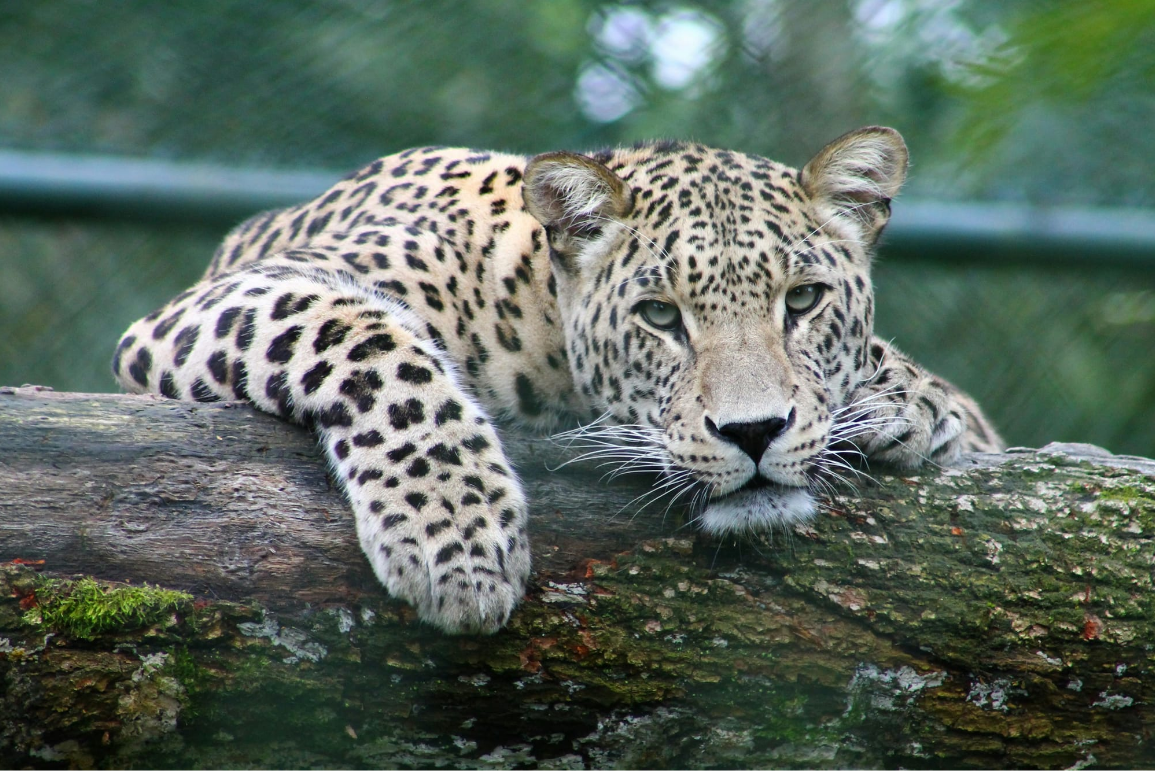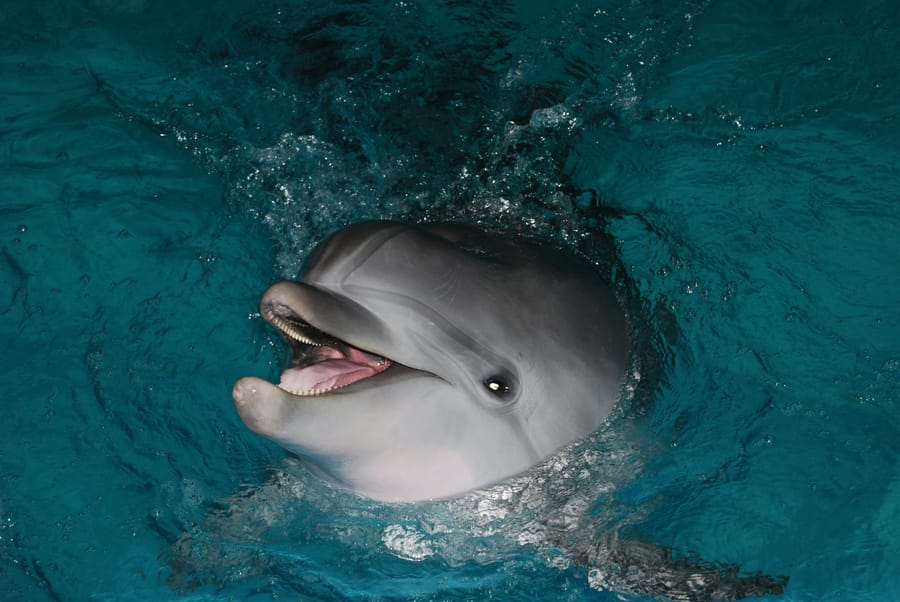On 3 March 2025, Google released an open-source artificial intelligence model called SpeciesNet, designed to identify animal species in footage captured by wildlife cameras. The model aims to accelerate the processing of images generated by camera traps, a task that previously could take days or even weeks, thereby supporting the work of conservation researchers.
SpeciesNet is an AI model ensemble comprising two main components: an object detector (MegaDetector) that identifies objects of interest, and an image classifier that categorises these objects at the species level. Built on the EfficientNet V2 M architecture, the model was trained by Google on over 65 million publicly available images, including footage from organisations such as the Smithsonian Conservation Biology Institute, the Wildlife Conservation Society, and the Zoological Society of London. "The release of the SpeciesNet AI model enables tool developers, scientists, and biodiversity-focused startups to scale the monitoring of biodiversity in natural areas," Google stated in its official announcement. The model can recognise over 2,000 labels, encompassing animal species, higher taxonomic categories, and non-animal objects.
SpeciesNet is part of Google’s conservation efforts, including the Google for Startups Accelerator: AI for Nature programme and a $3 million Google.org grant fund. Available on GitHub under an Apache 2.0 licence, which permits free commercial use, the model has been utilised since 2019 by thousands of wildlife biologists through the Google Cloud-based Wildlife Insights tool to streamline biodiversity monitoring and support conservation decision-making. The SpeciesNet technology is already significantly impacting the protection of endangered species, collaborating with the Wildlife Insights platform to assist researchers in 38 countries with tracking animal movements and behaviours. Launched in 2023, the initiative has enabled the automatic identification of over 250 species by 2025, with Google planning to extend the technology to an additional 100 species by 2026. The system is particularly valuable in hard-to-reach areas with limited traditional observation methods.
Sources:
1.

2.

3.











